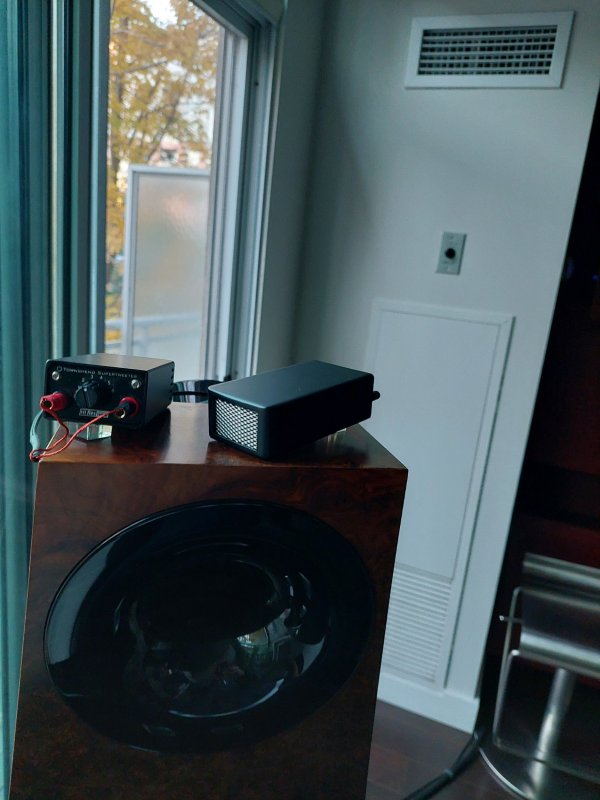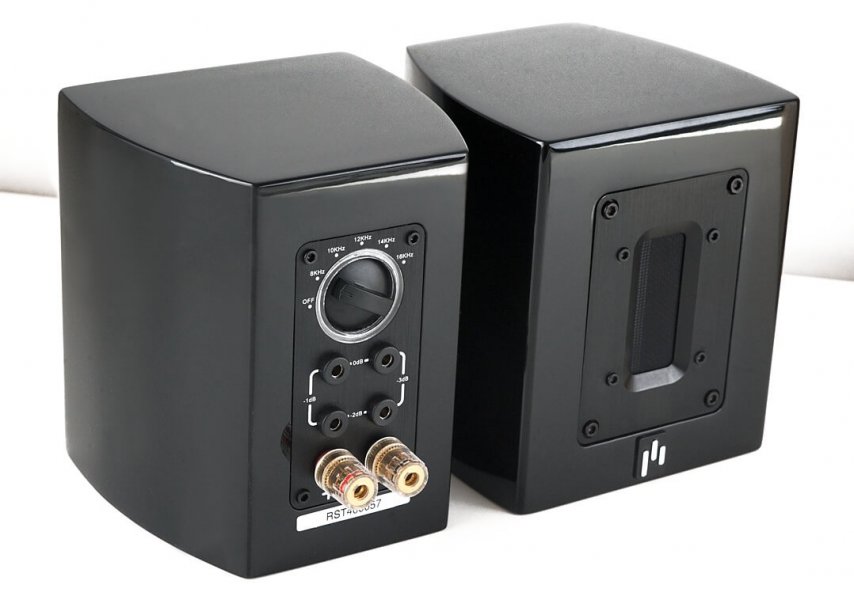I suspect that if each of us sat down for a formal hearing test by a professional audiologist, as I did several years ago, we would be shocked at how poor is our ability to hear much above 12 kHz to 14 kHz, especially if one is above 50 years old.
Sean Casey, founder of Zu Audio, told me that the purpose of a super-tweeter is not to enable us to hear information above 16 to 18 kHz as much as it is to enable us to perceive phase information. The Gryphon Pendragon employs four air motion tweeters per channel to reproduce specifically 18 kHz and above. I am pretty sure the intention is to reproduce primarily or exclusively phase information.
What do you think?
What do you believe is the design purpose of a super-tweeter?
What is phase information?
What does a speaker driver intended to reproduce phase information actually allow us to perceive?
Hi Ron
Once one leaves the world of spec's and expectations and one plays various HF tones for even an "audio guy" they will usually guess the hf tone is much higher than it's numeric frequency. The reason is we can hear 20KHz or above...BUT those sounds are very rare in life (not present in CD's and other normal recordings) and normally they have to be LOUD and with nothing lower in frequency which easily masks the higher tone.
A look at an equal loudness curve shows how loud high and low frequencies need to be to be audible. At 20Hz, the threshold of detection is about +80dB compared to 3Khz you can hear down to at least 3Hz too, but it has to be about 120dB if i recall correctly. Very High frequencies are the same way, they have to be comparatively loud to be detectable and they are pretty easily masked by mid frequencies where our ears are more sensitive.
Acoustic Phase as outlined by the late Dick Heyser (originator of the first way to measure it as well) is the deviation in phase relative to the input signal once all of the phase shift caused by fixed time delays (like the time to go from the signal applied to the cabinet to the sound arriving at the microphone) is removed.
In that condition (fixed delays removed), the phase response is analogous to any passive electrical circuit. In Heyser's paper's he likened acoustic phase shiift to the sources location moving front to back in position (frequency dependent) according to the amount of phase lead or lag.
In some simulations with headphones, "phase shift" applied to signal generally can be anywhere from inaudible to detectable with some music.
However, the situation with loudspeakers is not as simple, for example and upper and lower driver at crossover both radiate from different points in space and so what you measure so far as phase response, can be very different in other locations.
While home loudspeakers are not expected to preserve the input signal's waveshape like electronics and reproduce that in sound, it is possible to do this
IF the amplitude is flat AND the speaker's phase response is near zero across a broad bandwidth. In that condition, one has a loudspeaker which can also survive several generations of a generation loss test.
Fwiw, a speaker has to produce an amplitude signal in order to have a phase response.
Hope this makes sense
Tom Danley
Danley Sound Labs















